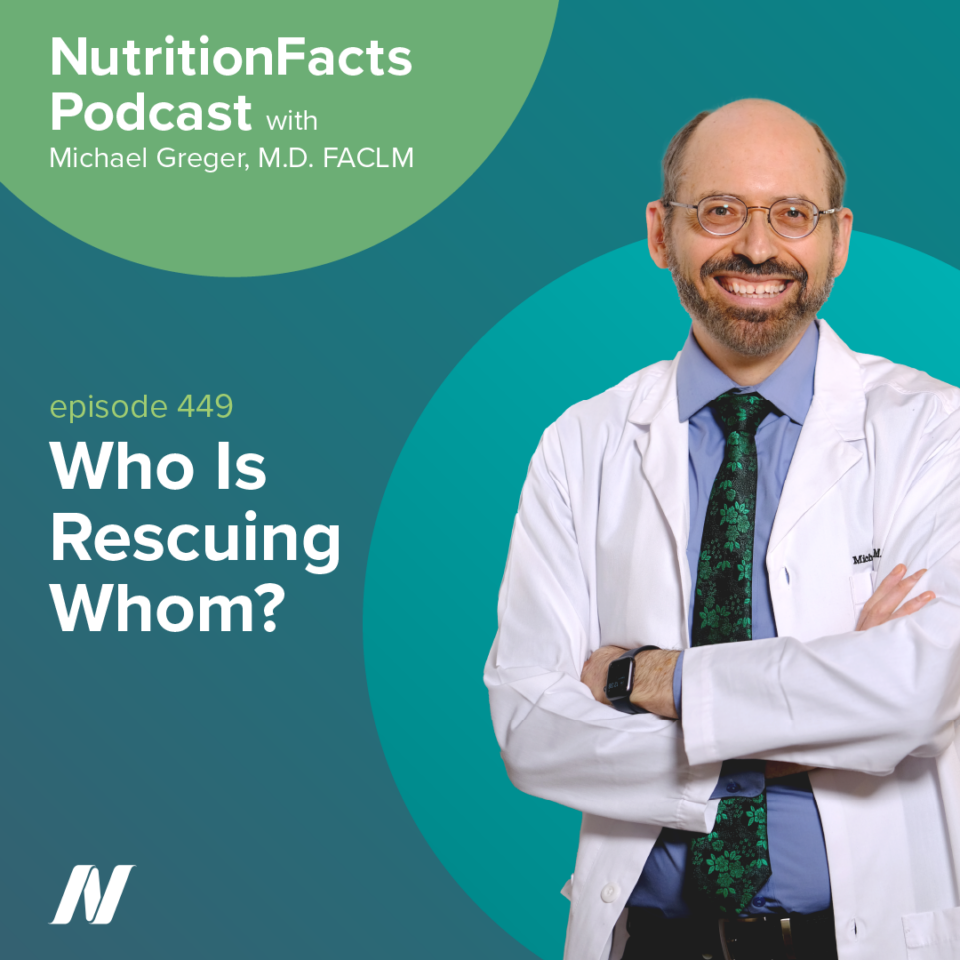Intense social connectivity is a Blue Zone attribute scrutinized for its potential role in supporting longevity. Does slobbery social contact count? More than two-thirds of U.S. households include a pet (including mine!). In an “awwww”-inspiring paper published in the prestigious journal Science entitled “Oxytocin-Gaze Positive Loop and the Coevolution of Human-Dog Bonds,” researchers found that petting or looking into the eyes of a canine companion leads to oxytocin release in the brains of both the humans and the dogs––the same “love hormone” that bonds breastfeeding mothers to their infants.
I was reading about the potential mechanisms by which having an animal companion might improve survival after a heart attack when I ran across a passage about a “profound” cardiovascular response when petting dogs or horses. “This response usually takes the form of a significant reduction in the heart rate and blood pressure.” I could totally see that. But then, the next sentence made me do a double take: “Unfortunately, we have no information about the physiological responses of the person doing the petting.” Oh, so they were talking about the heart rate and blood pressure of the animals!
To my surprise, studies of the effects of companion animals on human health have, as one review put it, produced a “mishmash of conflicting results.” But a meta-analysis of studies involving more than three million people followed for an average of a decade found that canine companionship, for example, was associated with a 24 percent reduction in the risk of premature death. The authors suggested that enhanced survival may be a result of increased physical activity from walking the dog. That could also help explain why pet ownership has been associated with a lower risk of frailty. Of course, this too could be reverse causation, where people who are already active are more likely to get a dog in the first place, but the greater issue may be confounding factors.
Pet owners tend to be younger, wealthier, more educated, and more married. Sadly, when these types of elements are taken into account, the significant mortality risk reduction disappears. The same appears to be true for pet ownership in general. The higher survival rate becomes statistically insignificant once confounding factors, like socioeconomic factors, are taken into account.
When it comes specifically to cats, confounding can work in the opposite direction. Given evidence that social support may help with survival after a heart attack, a number of studies have been undertaken to see if pet ownership can help. One study found that cat owners had a significantly greater risk of death. This may be because they appear to not only be more likely to be sedentary than people with dogs, who may be going on more walks, but cat owners may also be more sedentary than people without any pets at all.
Given the pitfalls of trying to impute cause-and-effect from observational studies, I was so excited to see a randomized controlled trial that actually put pet ownership to the test. Don’t get your hopes up too much, though. The title was “Effect of Pet Insects on the Psychological Health of Community-Dwelling Elderly People: A Single-Blinded, Randomized, Controlled Trial.” The “pets” were crickets. But compared to the control group, older individuals (average age 72) randomized to take care of crickets experienced a significantly greater improvement in depression, cognitive status, and mental quality of life. So, maybe there’s hope for Fido yet.
Most studies on pets and human health are snapshot-in-time studies where it’s impossible to know which came first, but longitudinal studies over time have shown that dog walkers are indeed more likely to achieve recommended activity levels. Sadly, only a minority—only about a third—of older dog owners were found to even walk their dogs three times a week. To maximize the benefits for pooch and person alike, here’s wise advice from a medical journal article published in 1925: “The best prescription to be written for a walk is to take a dog….”
Finally today, we look at how sharing your home with a cat or dog may decrease the risk of infectious diseases in children, including ear infections, respiratory illnesses, and gastroenteritis.
To my surprise, “studies of the effects of pets on human health and well-being have [evidently] produced a mishmash of conflicting results.” Some studies show pets lower your blood pressure—in fact, in some cases, more than even drugs do. But, other studies found no effect, or even that pet owners have higher blood pressure.
Does having a pet increase your survival after a heart attack, or decrease your survival after a heart attack? One area where there’s a bit more consistency is children’s health. The presence of furry pets in the home appears to cut the odds of acute respiratory illnesses in half, and may even decrease the risk of getting the common cold.
But, which pets work better? Cats like my Charlotte, Emily, and Ralph, or dogs like my Lilly? Published recently in the official journal of the American Academy of Pediatrics: “Respiratory Tract Illnesses During the First Year of Life: Effect of Dog and Cat Contacts.” “[T]he first study that has evaluated the significance of pet contacts during childhood for the development of respiratory tract [symptoms and] infections,” including ear infections.
They found “dog and cat contacts during early infancy may be associated with less [illness] in general…and…may have a protective effect on respiratory tract symptoms and infections.” But as to which is better, “In comparisons between cat and dog contacts, dog contacts showed a more significant protective role on respiratory infectious disease…” “[C]hildren having a dog at home were significantly healthier, had less frequent [ear infections], and tended to need fewer courses of antibiotics during the study period than children without dog contacts.”
“Cat ownership seemed to also have an overall protective effect, although weaker than dog ownership, on the infectious health of infants.” Though, when it comes to protecting children from tummy aches, both cats and dogs appeared equally effective in reducing the risks of gastroenteritis.

 Previous Podcast
Previous Podcast Next Podcast
Next Podcast